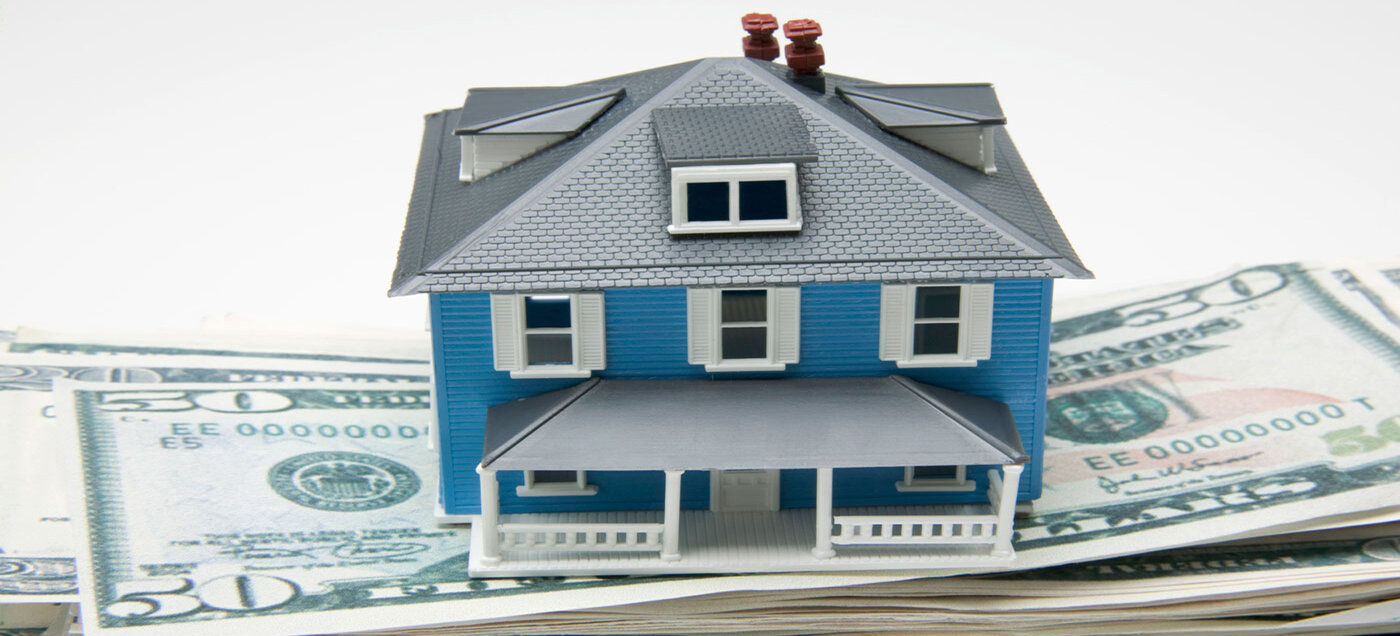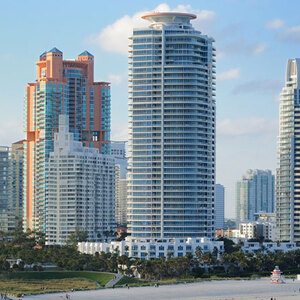Residential Real Estate News

U.S. Home Values Flatline in March as Sellers Outnumber Buyers
Residential News » Seattle Edition | By WPJ Staff | April 30, 2025 7:02 AM ET
March 2025 saw a pause in U.S. home price growth and a surge in housing inventory during what is traditionally one of the most competitive months for homebuyers. Despite mortgage rates hitting their lowest point of 2025, home sales failed to keep pace with the increase in new listings, leaving many potential buyers struggling to keep up with rising affordability challenges.
According to Zillow's latest market report, more than 375,000 homes were put up for sale in March, marking an almost 9% increase compared to the same month in 2024. Although listing activity remains 19% below pre-pandemic levels, it is steadily rising month-over-month and aligning with typical seasonal trends.
However, despite the increased availability, buyer demand faltered. Newly pending sales were virtually flat compared to the previous year, despite mortgage rates averaging 6.65% in March, a slight drop from 6.82% in March 2024. Only about 265,000 listings went under contract, 110,000 fewer than the number of homes that entered the market.
As a result, overall inventory climbed to 1.15 million homes, a 19% increase compared to last year and the highest level of inventory seen in March since 2020. While inventory is still 24% below the 2018-2019 averages for this time of year, the increase marks a noticeable improvement from the severe shortages seen in March 2023 and 2024, when inventory was down by 43% and 36%, respectively.
This growing inventory, combined with cooled competition, led to a slowdown in home price growth. The typical home value in March rose just 0.2% month-over-month, the slowest growth for this time of year since at least 2018. In comparison, March 2024 saw a 0.7% increase. However, home prices in major Florida markets and San Antonio experienced declines during the month. Nationally, home values showed a modest 1.2% year-over-year increase.
Affordability remains a persistent issue for buyers. In March, the mortgage payment on a typical home required about 35.3% of median household income, even with a 20% down payment. While this marks a slight improvement over the previous year, it still far exceeds the 30% threshold considered financially burdensome. A 20% down payment on the typical U.S. home amounts to approximately $72,000.
In response to slower sales, sellers adjusted their strategies, with more than 23% of listings receiving price cuts in March--the highest percentage for any March since at least 2018.
Zillow Chief Economist Skylar Olsen highlighted the ongoing struggles for first-time buyers, who are particularly vulnerable to affordability pressures in today's uncertain economic environment. "More sellers came out to test their luck as rates ticked down in March, but home sales didn't keep up. Buyers--especially first-timers without equity to pour into their down payment--continue to struggle with affordability and now are facing even higher levels of uncertainty," Olsen said. "A turbulent economy likely weighs more heavily on first-time buyers than more firmly established sellers."
Sign Up Free | The WPJ Weekly Newsletter
Relevant real estate news.
Actionable market intelligence.
Right to your inbox every week.
Real Estate Listings Showcase
Related News Stories
Residential Real Estate Headlines
- Home Seller Concessions Climbing as Market Conditions Shift in U.S.
- SENTIENT MORTGAGE Consumer-to-Lender AI Matching Engine Commences Development
- U.S. Homes Sold at Slowest Pace in 6 Years in March, Demand Sluggish
- Trump Tariffs Test U.S. Housing Markets Reliance on International Trade
- India Home Prices Nationwide Climbed 9 Percent Annually in 2024
- U.S. Home Remodeling Industry Sentiment Declines in Early 2025
- Canadian Home Sales Slide in February Amid U.S. Trade Tensions
- Americans Spent $603 Billion on Home Remodeling Projects in 2024
- U.S. Mortgage Demand Spikes 20 Percent in Early April as Rates Drop
- Las Vegas Area Home Prices Uptick 4.3 Percent Annually in March
- Single-Family Rent Growth in U.S. Trends Upward in 2025
- U.S. Mortgage Rates Tick Down Post Trump Tariffs Commencement
- President Trump's 'Liberation Day' Tariffs Potential Impact on the U.S. Housing and Mortgage Markets
- Baby Boomers Biggest Cohort of U.S. Home Buyers in 2025 as Millennials Decline
- U.S. Monthly Housing Payments Hit Record High in 2025
- U.S. Pending Home Sales Uptick in February
- Global Prime Residential Rent Slowdown Continued in Late 2024
- Ireland Home Price Inflation Hits 8 Year High in Early 2025
- Existing Home Sales in America Uptick in February
- Great Miami Area Residential Sales Decline 15 Percent Annually in February
- Mortgage Rates Uptick in Mid-March, Ending 9-Week Decline in U.S.
- World Property Ventures Builds the Future of Real Estate with New Funding Round
- U.S. Builder Sentiment Declines Amid Economic Uncertainty and Rising Costs
- Black Homeownership Rates in U.S. Enjoy Largest Annual Increase of All Racial Groups
- Wealthy Renters Are Taking Over More of the U.S. Rental Market
- If U.S. Congress Does Not Extend NFIP Soon, Thousands of Daily Home Closings Impacted
- U.S. Mortgage Applications Spike 11 Percent in Early March
- Greater Palm Beach Area Residential Sales Rise in Early 2025
- New Apartments in U.S. Are Leasing at Slowest Pace on Record
- U.S. Mortgage Rates Drop to 4 Month Low in March
- Overall U.S. Mortgage Delinquency Rates Dip in December
- New Tariffs on Canada, Mexico to Impact U.S. Homebuilder Input Costs
- Monaco's Property Market: A Tale of Two Cities
- U.S. Home Purchase Cancellations Surge, 1 in 7 Sales Getting Canceled
- U.S. Pending Home Sales Hit Historic Low in Early 2025
- Greater Miami Area Residential Sales Dip in January
- Governor DeSantis Supports Ending Property Taxes in Florida
- WPV Aims to Become the Berkshire Hathaway of Real Estate Tech
- U.S. Home Sales Slump Continues in January
- Average Americans Spend 38 Percent of Monthly Income on Mortgage Payments





